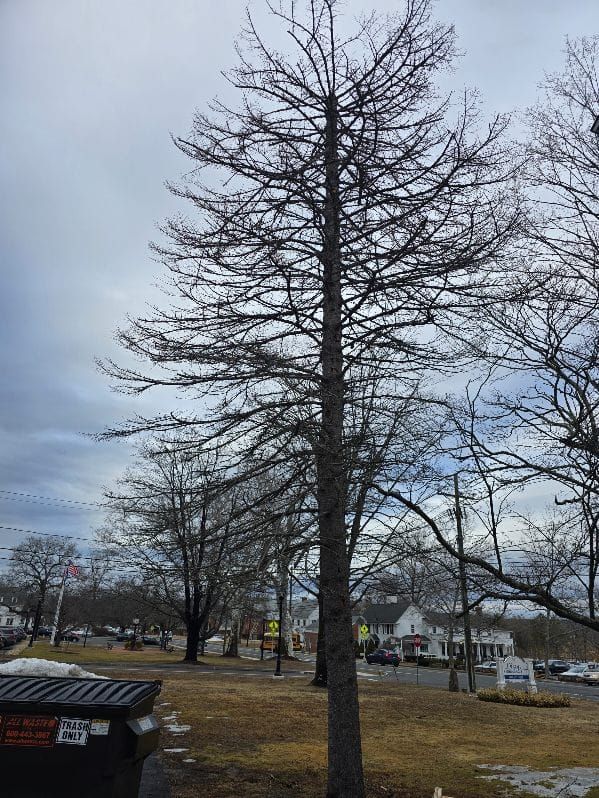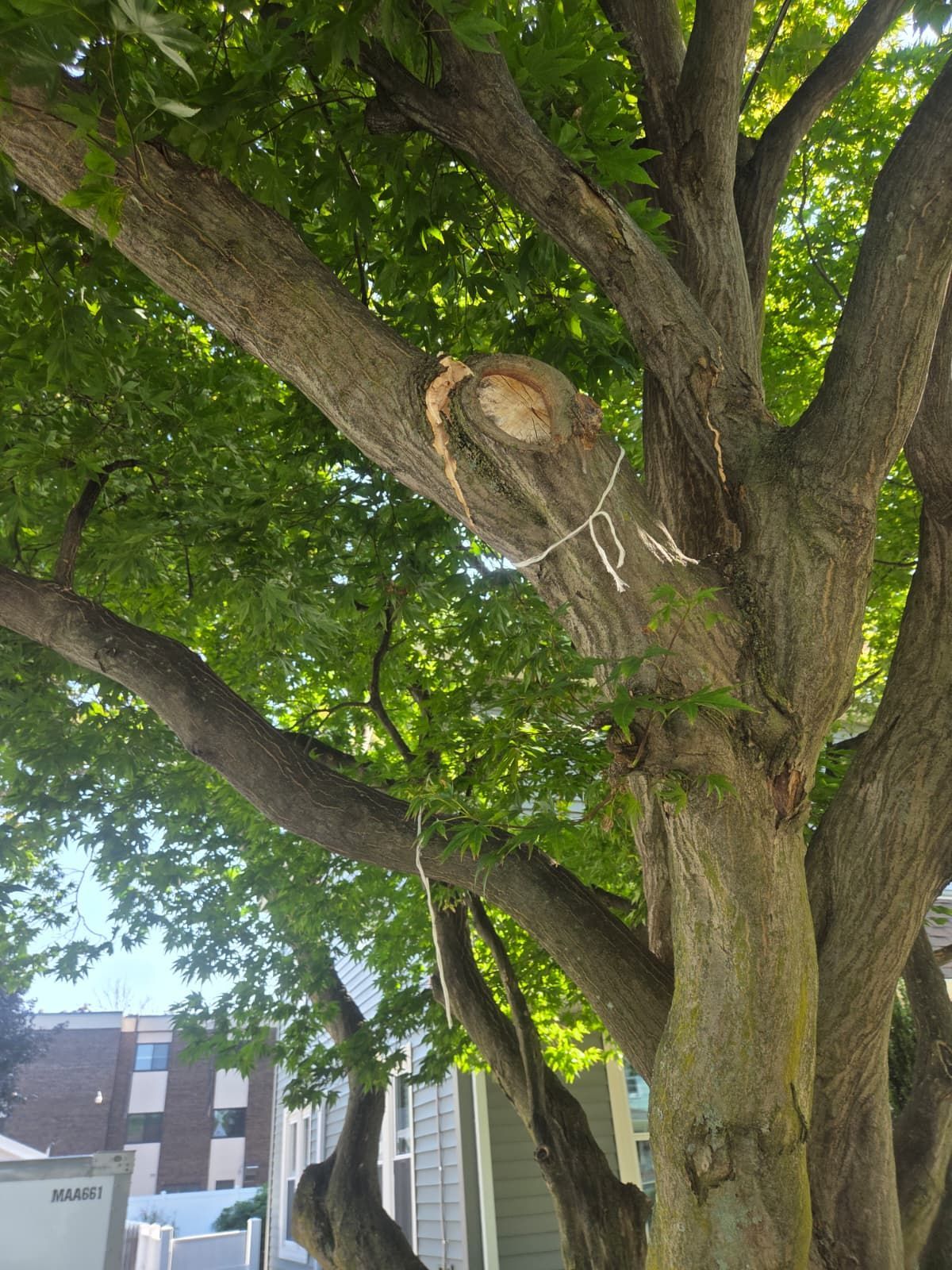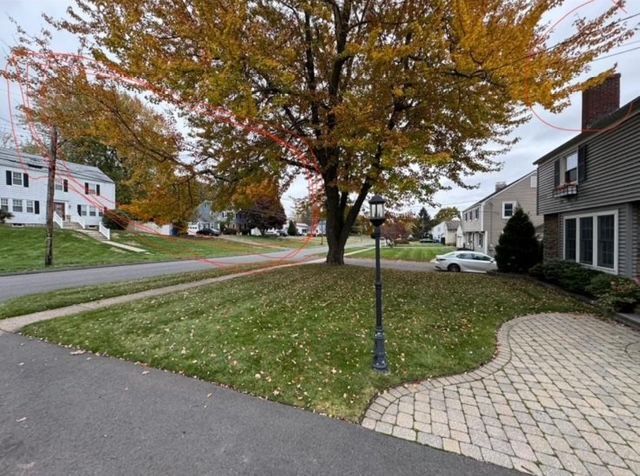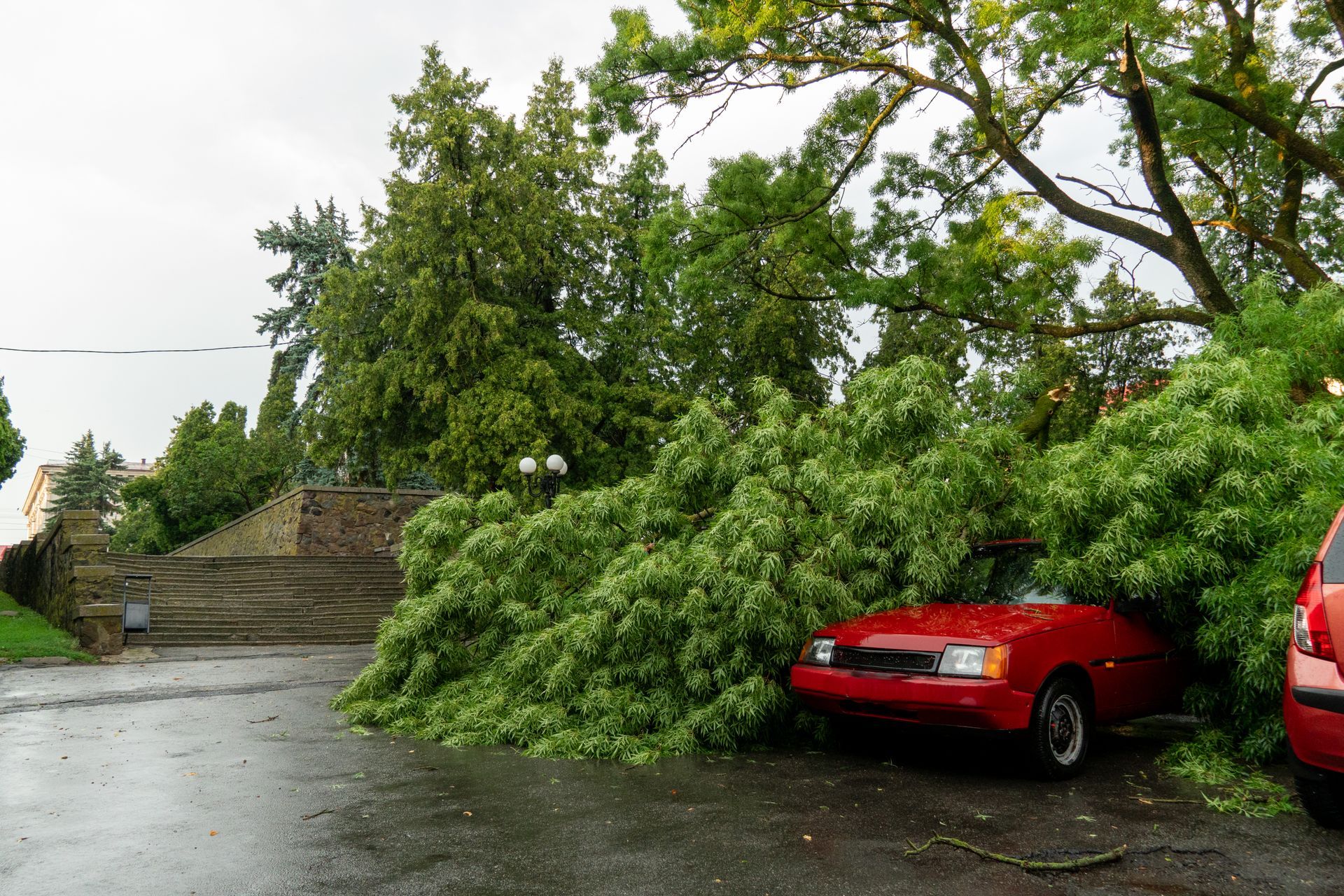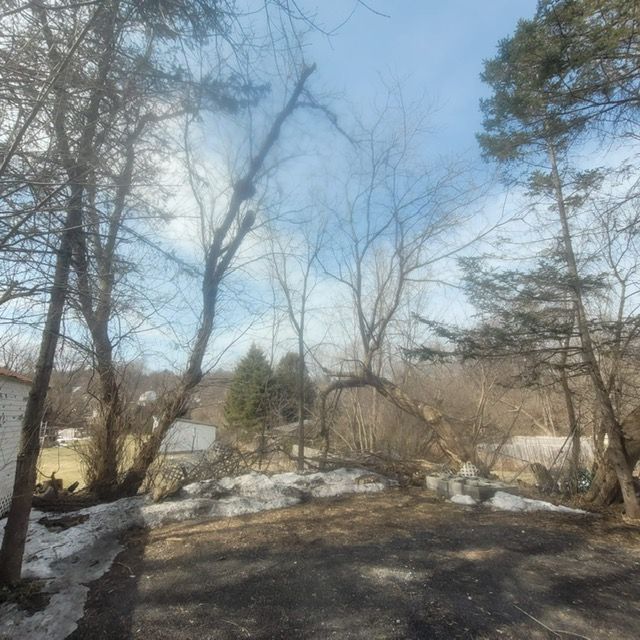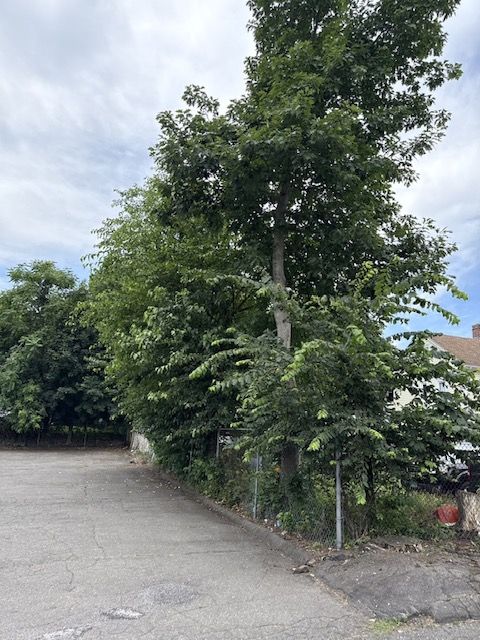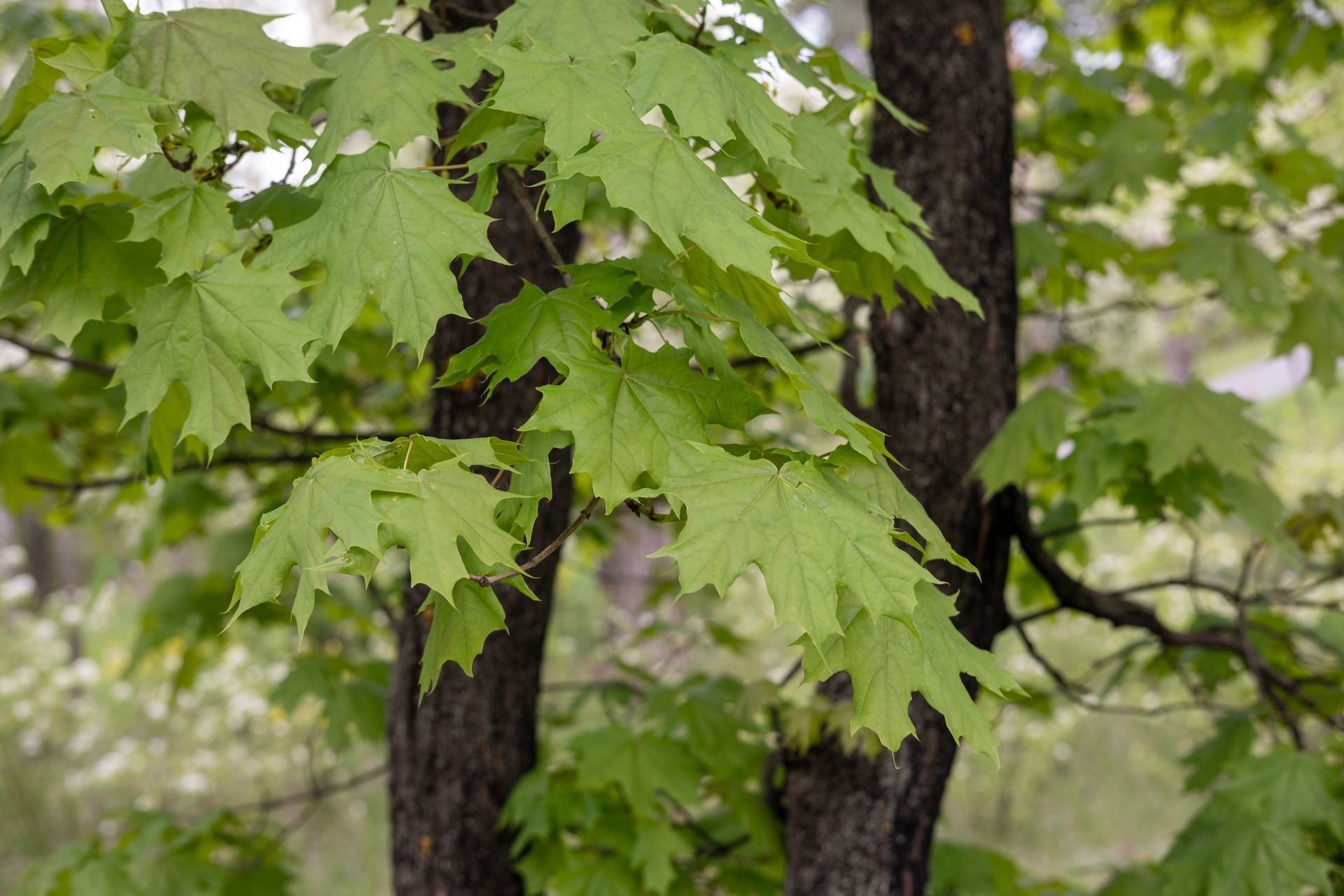Can Tree Bark Grow Back? How to Repair Damaged Bark in Shelton, CT
Can Tree Bark Grow Back? How to Repair Damaged Bark in Shelton, CT
If a tree’s bark has been damaged — by a storm, lawn equipment, or animals — it won’t fully grow back.
Once bark is gone, it’s gone for good.
But here’s the good news: trees can heal if you act quickly and help them seal over the wound. At Shady Shelton Tree Service, we’ve seen countless trees bounce back from bark injuries with the right care and timing.
Why Bark Damage Matters
Tree bark isn’t just decoration — it’s a protective shield. It keeps moisture in, blocks disease, and helps nutrients move between roots and branches. When bark is stripped, the tree loses that protection, leaving it vulnerable to pests, rot, and decay.
You might notice:
- Loose or peeling bark
- Cracked or gouged areas
- Insect activity around wounds
- Slow leaf growth or thinning canopy
If you spot any of these, don’t wait — quick intervention makes all the difference.
Step 1: Clean the Wound (Carefully)
Gently remove any loose, jagged bark around the damaged area. Avoid peeling more than necessary — you’re not “cleaning” like you would a cut on your hand. Just smooth the edges so the wound can close more naturally.
Pro tip: Use a sharp, sterilized knife or pruning tool. Bacteria spreads fast through open tree wounds.
Step 2: Don’t Paint or Seal It
This is one of the biggest myths in tree care! Painting the wound with tar or sealant actually traps moisture and slows healing. Let the area dry naturally so the tree can form its own barrier tissue.
Step 3: Encourage Recovery
Once the wound edges are clean, help the tree focus its energy on recovery:
- Mulch around the base (but keep mulch away from the trunk)
- Water deeply during dry spells
- Fertilize lightly in early spring for nutrient support
- Prune deadwood so the tree can direct resources where they’re needed
With time, a healthy tree will start growing callus tissue that slowly seals the exposed area.
Step 4: Protect Against Future Damage
Prevention is easier than repair. Here’s how to avoid bark injuries in the first place:
- Keep lawnmowers and weed trimmers several feet from trunks
- Wrap young trees with guards during winter to deter animals
- Avoid compacting soil or parking near tree roots
- Trim low-hanging limbs that can split under heavy snow or wind
These small steps can save you thousands in potential tree removal or repair costs later.
When to Call a Professional
If the bark damage wraps more than 25% of the trunk, or if you notice oozing sap, fungus, or splitting, it’s time to call a certified arborist.
Our Shady Shelton Tree Service team serves homeowners in Shelton, Trumbull, Monroe, and Stratford, CT, offering expert tree inspections, bark repair guidance, and storm-damage restoration.
We’ll assess whether your tree can recover — or if removal might be the safer route.
Final Takeaway
Tree bark doesn’t grow back — but trees can survive bark loss if you act quickly.
Treat wounds carefully, give the tree proper support, and avoid common DIY mistakes that make things worse.
At Shady Shelton Tree Service, we help local homeowners protect and preserve their trees year-round — because a healthy tree means a healthier yard.
